Conflict between theory and observational evidence suggests a missing ingredient in our understanding of the early Universe.
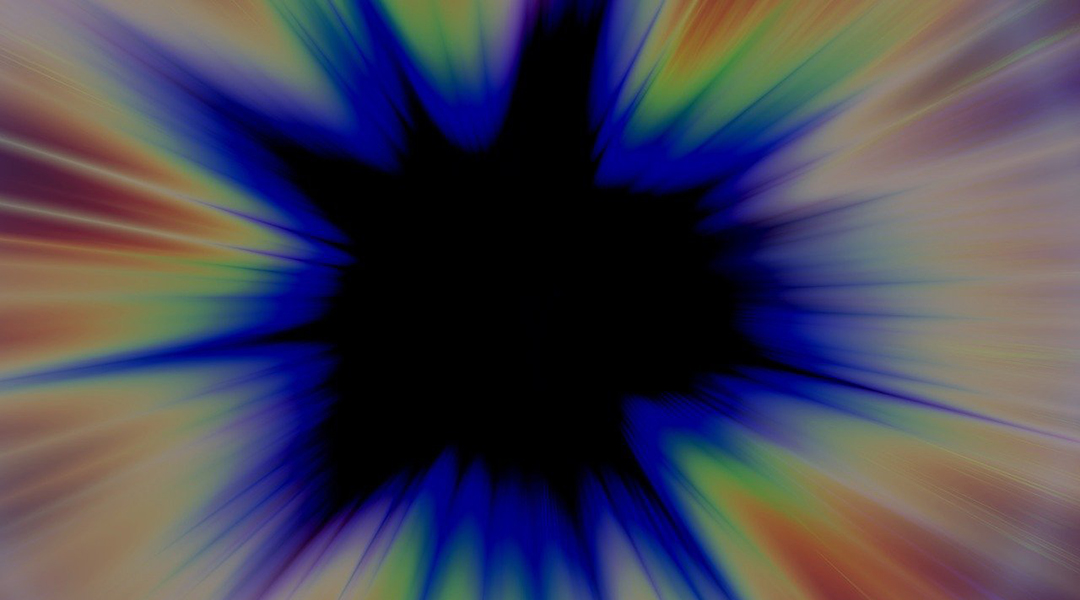

Conflict between theory and observational evidence suggests a missing ingredient in our understanding of the early Universe.
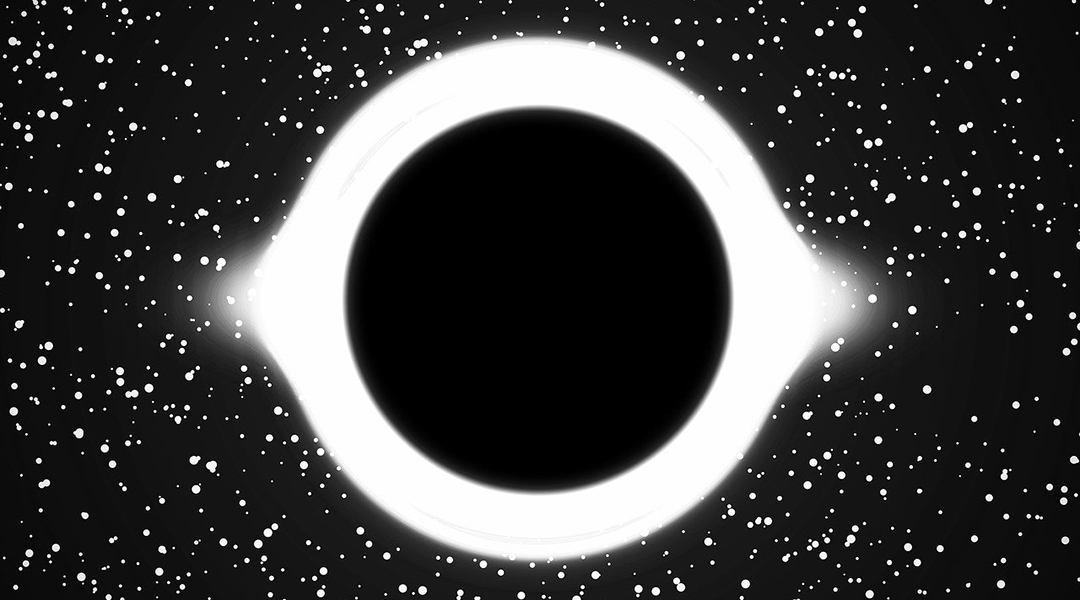
Oscillations measured in the orbits of a pair of black holes have once again helped confirm predictions made using general relativity.
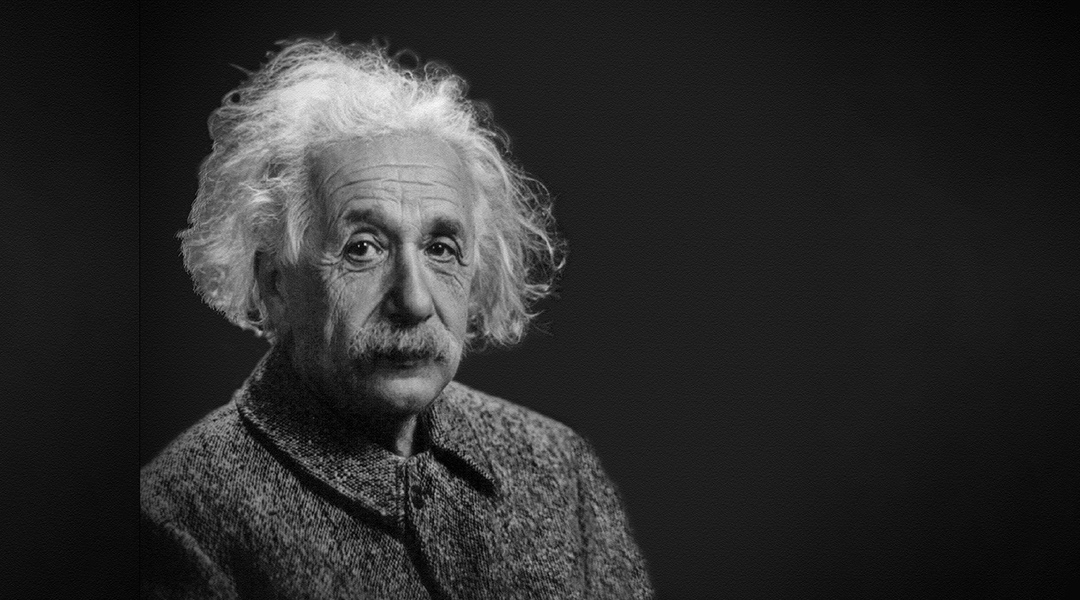
More than 100 years on after Einstein’s 1921 Nobel Prize, some confusion remains around the committee’s reasons for omitting relativity.
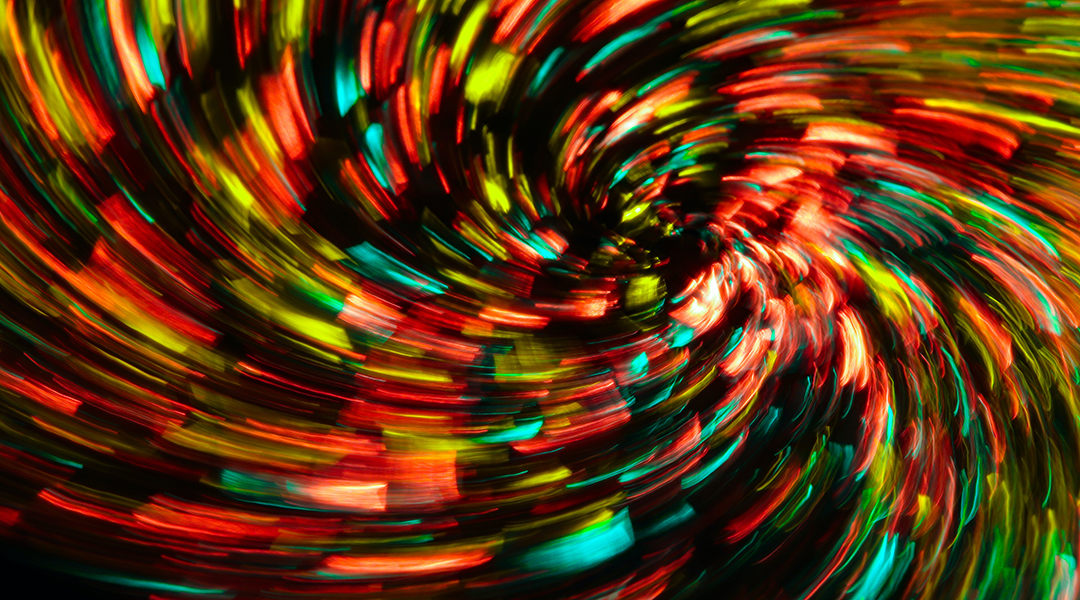
A new approach to understanding gravity helps eliminate some discrepancies inherent in general relativity.
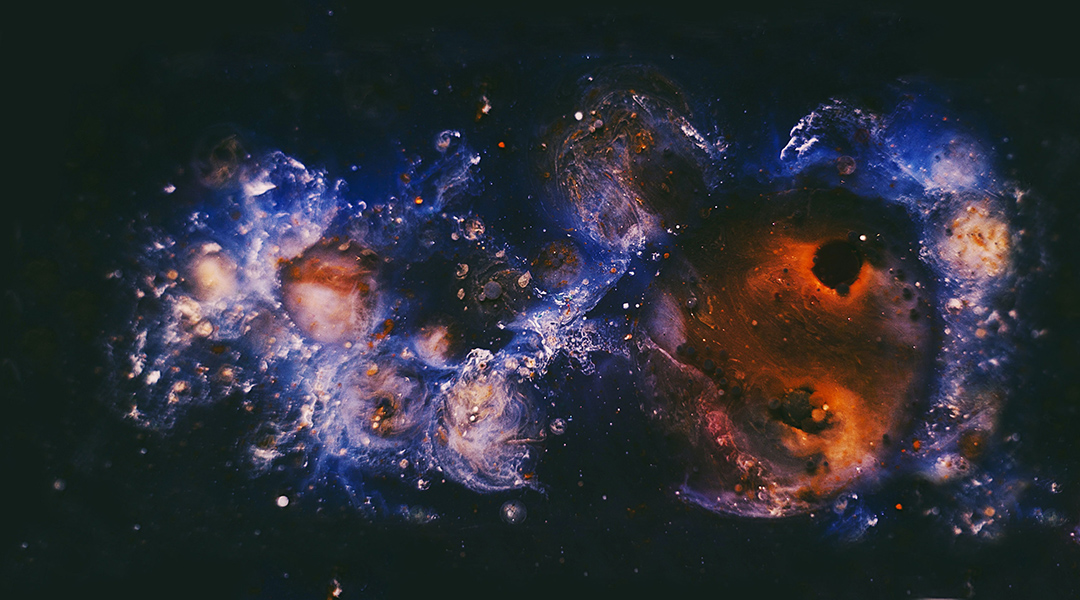
A modification to the theory of general relativity makes it consistent with observable astronomical data without the need for dark energy.

A new thought experiment explores the interface between quantum mechanics and general relativity using the transfer of information.

A 1913 manuscript by Albert Einstein and Michele Besso containing a precursor theory to general relativity sells at Paris auction.
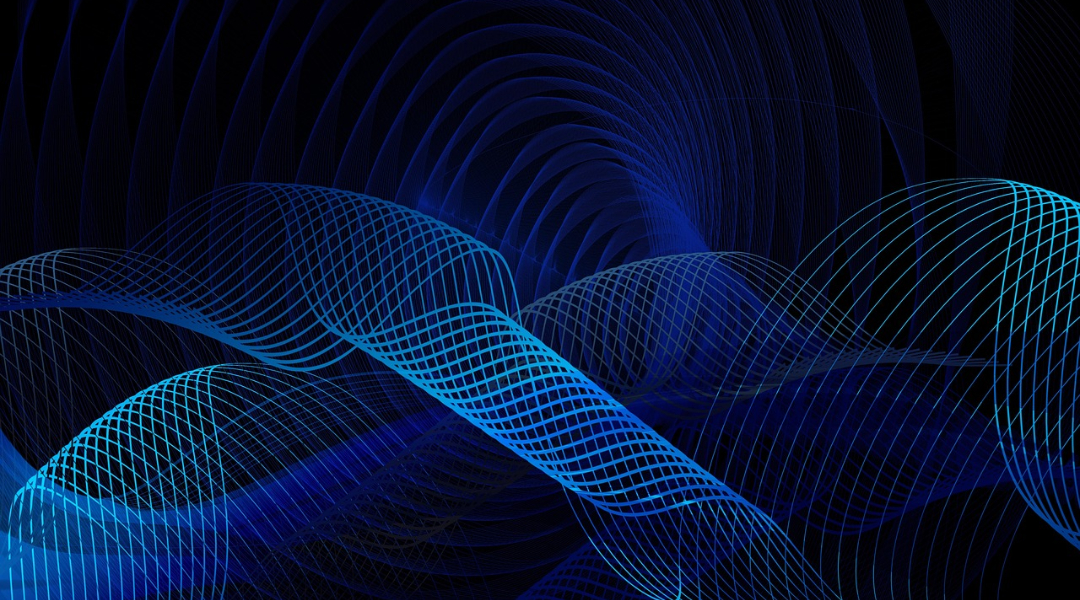
A new theory proposes gravity isn’t a fundamental force but emerges from quantum electromagnetic interactions, potentially reshaping our view of spacetime itself.
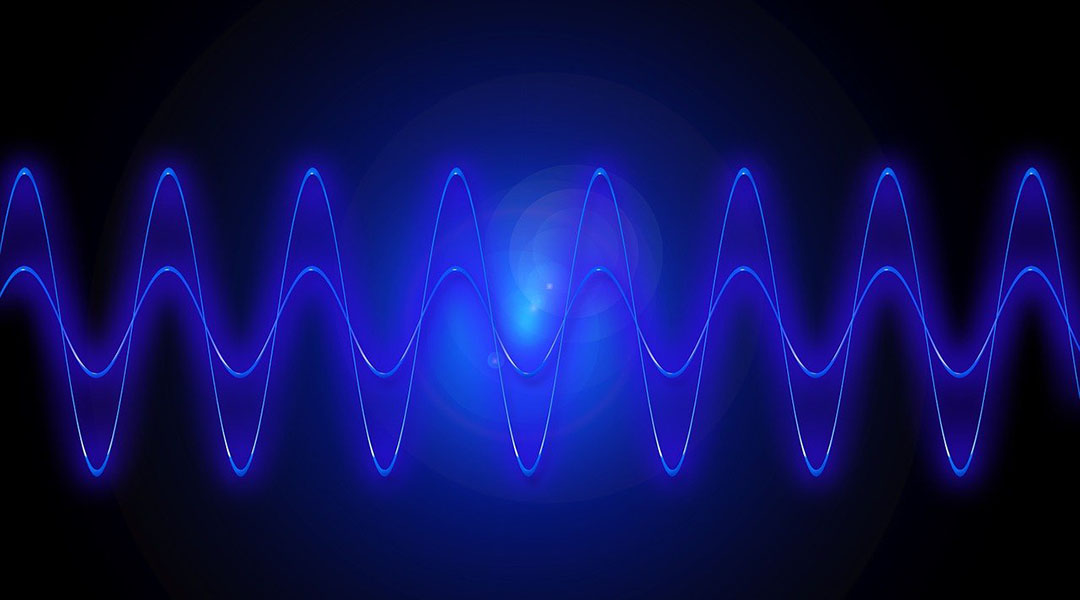
If experimentally proven that gravity is classical, we will have to start from the beginning in a search for a satisfactory ontological picture of the world.
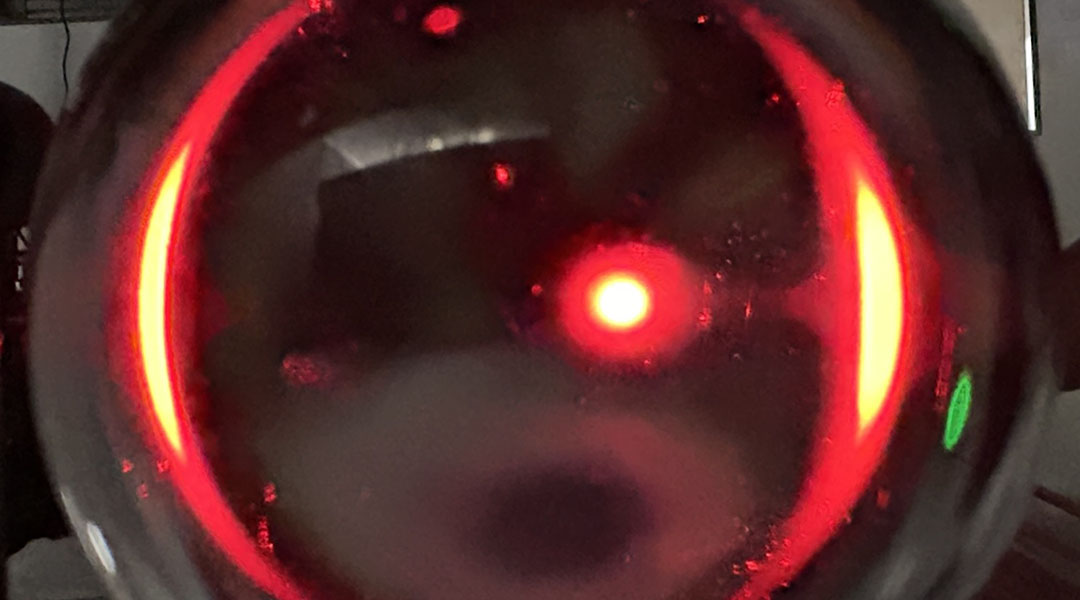
Lenses help researchers mimic the way massive cosmic objects bend light—bringing the elusive effects of gravitational lensing to Earth.